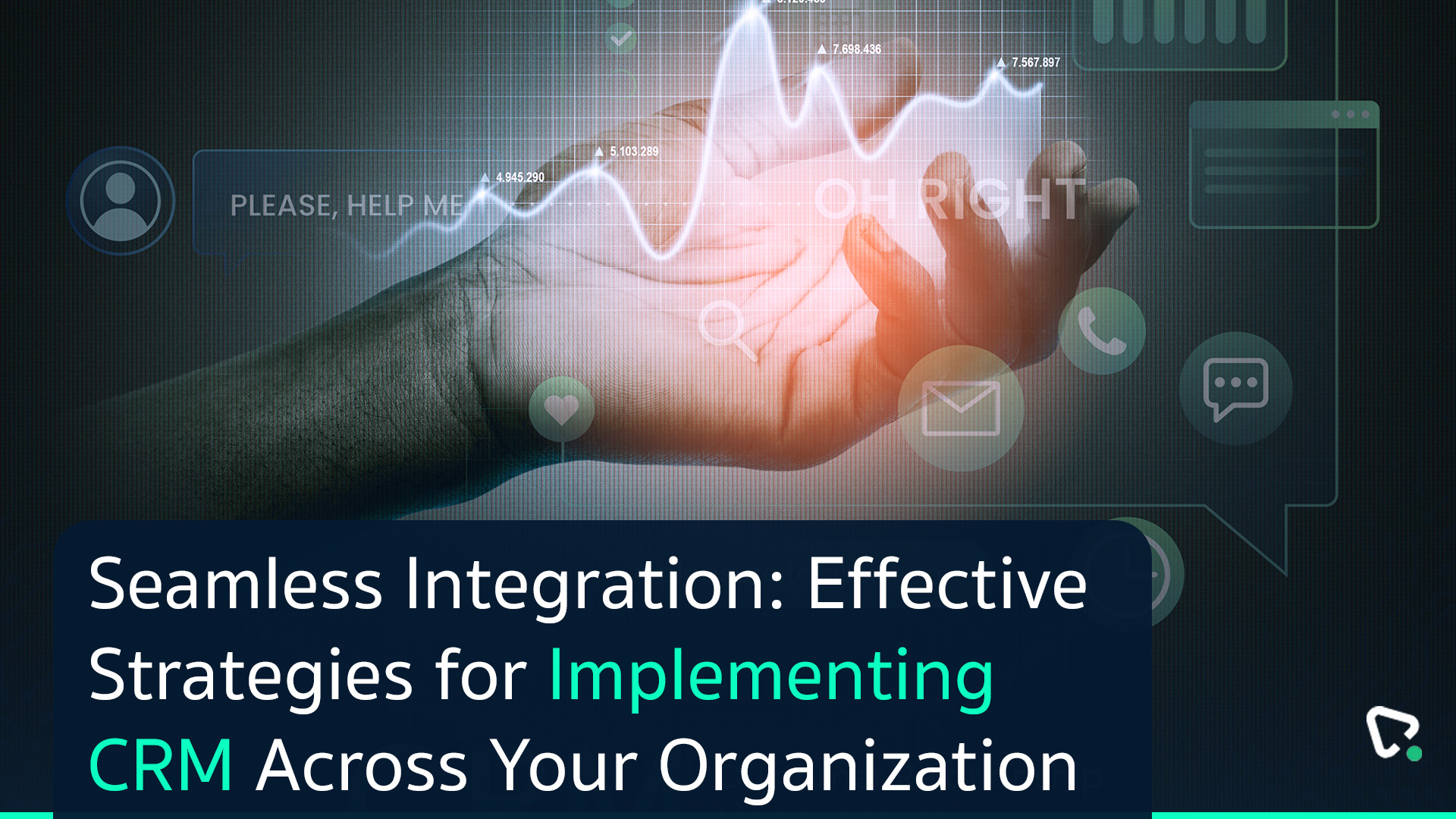Implementing a Customer Relationship Management (CRM) system across an organization can be a game-changing move, but it’s not without its challenges. A successful CRM integration requires careful planning, strategic execution, and ongoing optimization. This blog post explores effective strategies for seamlessly implementing CRM across your organization, drawing insights from real-world examples and best practices.
Understanding the Importance of CRM Integration
Before diving into implementation strategies, it’s crucial to understand why CRM integration is so vital:
- Centralized Customer Data: A well-integrated CRM system provides a single source of truth for all customer interactions and data.
- Improved Efficiency: Streamlined processes and automated workflows can significantly boost productivity.
- Enhanced Customer Experience: With comprehensive customer insights, organizations can provide more personalized and timely service.
- Data-Driven Decision Making: Integrated CRM systems offer valuable analytics for informed business decisions.
Key Strategies for Seamless CRM Implementation
1. Define Clear Objectives and KPIs
Start by clearly defining what you want to achieve with your CRM implementation. Set specific, measurable goals and key performance indicators (KPIs) to track progress.
Example: Wells Fargo, with its vast customer base of 70 million, used CRM to align communication across various services. Their clear objective was to improve customer service efficiency and cross-departmental collaboration.
2. Secure Executive Buy-In and Support
Successful CRM implementation requires support from top management. Ensure executives understand the benefits and are committed to the project’s success.
Case Study: Activision’s successful CRM implementation was backed by strong executive support, which was crucial in reducing customer service operating costs by 25%.
3. Involve End-Users in the Selection Process
Include representatives from various departments in the CRM selection process. This ensures the chosen system meets diverse needs and increases user adoption.
Best Practice: Create a cross-functional team to evaluate CRM options and provide input on features and usability.
4. Prioritize Data Quality and Migration
Clean, accurate data is crucial for CRM success. Develop a comprehensive data migration plan and establish ongoing data quality processes.
Tip: Conduct a thorough data audit before migration and implement data cleansing procedures.
5. Implement a Phased Approach
Rather than a big-bang implementation, consider a phased approach. Start with core functionalities and gradually add more complex features.
Example: HubSpot’s CRM implementation strategy often involves starting with basic contact management and gradually expanding to more advanced marketing and sales features.
6. Provide Comprehensive Training and Support
Invest in thorough training programs for all users. Ongoing support and resources are crucial for successful adoption.
Best Practice: Offer a mix of training methods, including in-person sessions, online tutorials, and a knowledge base for self-service learning.
7. Integrate with Existing Systems
Ensure your CRM integrates smoothly with other critical business systems like ERP, marketing automation, and customer service platforms.
Case Study: Salesforce’s success often lies in its ability to integrate seamlessly with a wide range of third-party applications, creating a unified ecosystem for businesses.
8. Focus on User Adoption
User adoption is critical for CRM success. Develop strategies to encourage and incentivize CRM usage across the organization.
Tip: Gamify the CRM adoption process with rewards for consistent usage and data entry accuracy.
9. Continuously Monitor and Optimize
CRM implementation is an ongoing process. Regularly gather feedback, monitor usage patterns, and make necessary adjustments.
Example: Zoho CRM’s AI assistant, Zia, continuously analyzes user behavior to suggest improvements and optimizations.
Overcoming Common CRM Integration Challenges
- Resistance to Change: Address this through clear communication of benefits and involving users in the process.
- Data Silos: Break down silos by emphasizing the value of shared, centralized data.
- Complexity: Choose a user-friendly CRM and provide adequate training to simplify adoption.
- Integration Issues: Carefully evaluate integration capabilities before selecting a CRM and work closely with IT during implementation.
Conclusion
Implementing CRM across your organization is a significant undertaking, but with the right strategies, it can lead to transformative benefits. By focusing on clear objectives, securing executive support, prioritizing user adoption, and continuously optimizing the system, you can achieve seamless CRM integration that drives business growth and enhances customer relationships.
Remember, CRM implementation is not a one-time event but an ongoing journey of improvement and adaptation. Stay flexible, listen to user feedback, and be prepared to evolve your CRM strategy as your business grows and changes.
By following these strategies and learning from successful implementations, your organization can harness the full power of CRM to drive efficiency, improve customer satisfaction, and ultimately, boost your bottom line.




